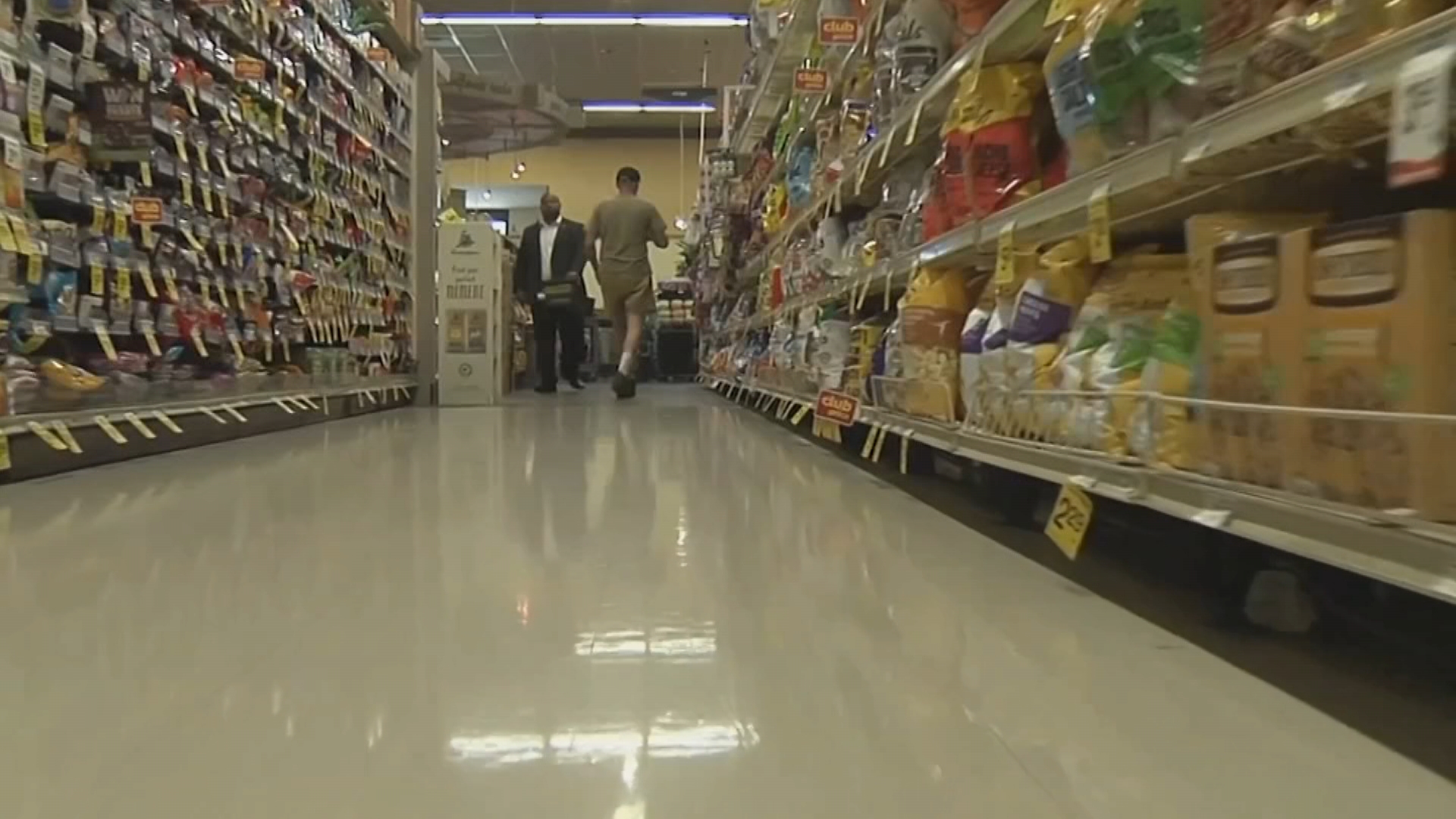If you really want to know how many people live in the 22nd Ward, don’t look at the census figures, says Ald. Ricardo Munoz. Look in the alleys, where the garbage piles up.
“Call Streets and San," he says. "Ask them which ward ranks the highest in tons of garbage per alley. They’ll tell you the 22nd Ward. If you go by census numbers, I should be getting five trucks, but because of the weight of garbage, I get six or seven.”
And that's a problem. Every Chicago ward is supposed to have 55,000 residents. Munoz estimates between 65,000 and 67,000 live in the 22nd. Each of those residents would be worth $1,400 a year in federal money -- if they were counted.
But they're not. And no Chicago neighborhood needs an accurate census count like the 22nd's Little Village, where undocumented immigrants are afraid that filling out a census form will tip off the INS. It’s the most undercounted corner of the city.
The issue has become a political football for Munoz.
The census doesn't ask whether a citizen is documented. That’s maddening to conservatives, who say that communities harboring illegals will claim more than their fair share of money and power. Munoz thinks it’s the only fair way to count the population.
Chicago Politics
Because while Munoz may be getting extra garbage trucks, he's getting less of everything else.
“If you're a breathing, eating, garbage-throwing human being, you should be counted," Munoz says. "Because you still need garbage service, you still need bus service, your kids still need a school. Part of the reason the schools were so overcrowded here in the ’80s was that the census wasn't counting.”
To make sure all those bodies are counted, the group La Villita Cuenta produced a six-minute Spanish-language video to ensure immigrants that the Census Bureau won’t rat them out to La Migra.
Munoz is planning a big outdoor Census rally on April 17. He’s out on the streets every day, badgering Little Villagers to fill out their forms.
“If we don’t service them now, we’ll service them later and it’ll be much more expensive,” he says. “The purpose of the census is to provide services, and if that service happens to be pre-natal care, we need to know where they’re at. If that service happens to be senior care, we need to know where they’re at.”



